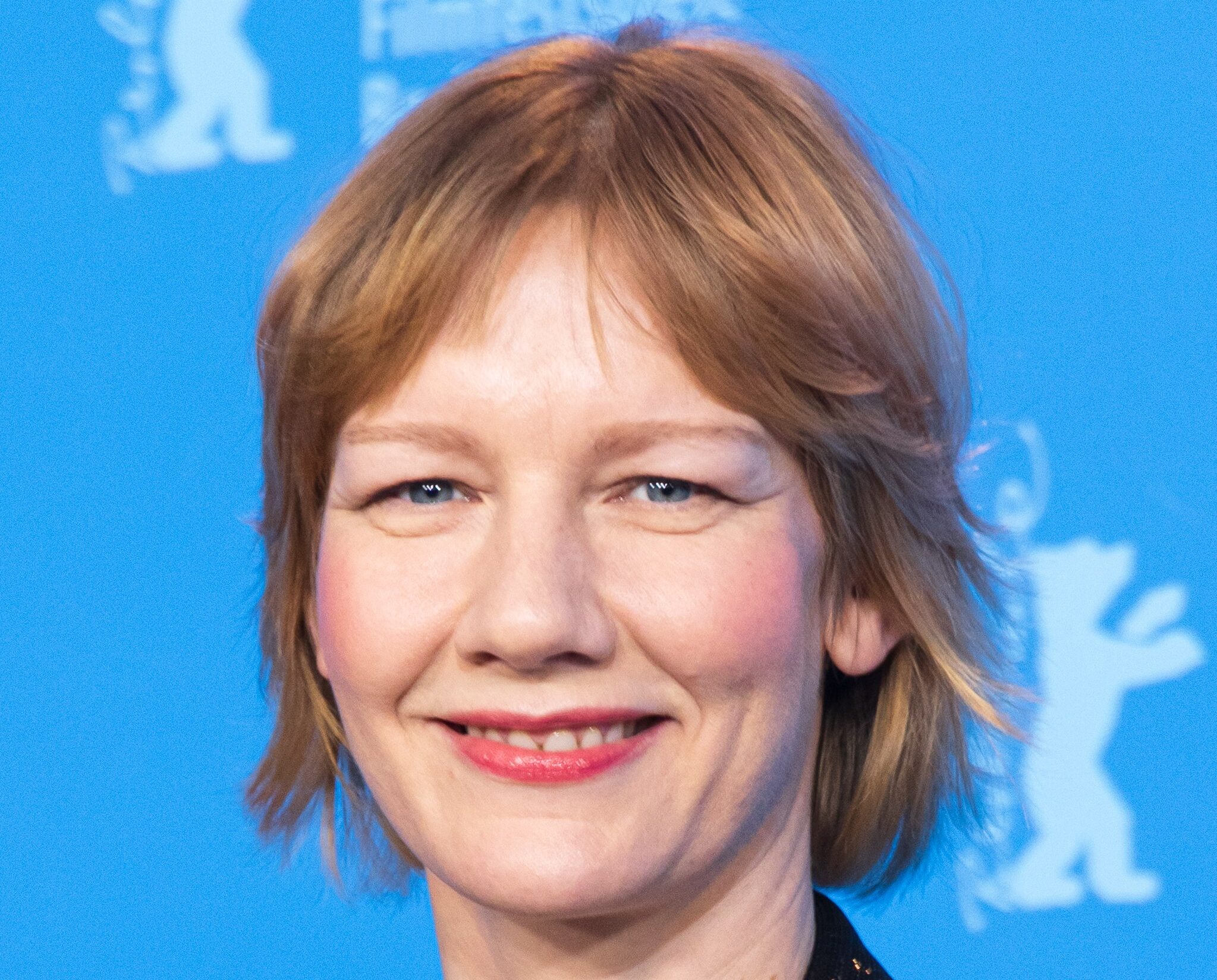A Midsummer Night’s Dream

in A Midsummer Night’s Dream
(Photo © Erik Stuhaug)
For anyone who needs proof of the endurance of Shakespeare’s themes and language, Seattle Shakespeare Company’s revival of its adaptation of A Midsummer Night’s Dream offers solid evidence. Arne Zaslove again directs his 1950s rock-and-roll interpretation of the classic comedy, which last played here 10 years ago. This is a jovial, entertaining romp that imbues the 400-year-old language with remarkable clarity; the few children in the audience seemed as delighted as the adults were.
The setting is the Athens High School gymnasium on prom night, 1957. After a brief added prologue, the students and staffers act out A Midsummer Night’s Dream in a sort of dreamlike reflection of reality. Other than the prologue and the inserted pop songs of the era, no dialogue has been added to the original text. The innocence of the time period subverts some of the darker elements of the play to focus on the romance and physical comedy; this may not be a profound presentation but it’s an awfully smart one.
Not surprisingly, the setting allows for some creative character interpretations. For example, the mechanicals are teachers and school staff members (Bottom is the janitor). In one delightful scene, the fairies — who are actually cheerleaders — introduce themselves to Puck in cheer. (And why not? The language is, after all, conveniently metered.) However, the adaptation is most ingenious in the way that it mirrors the “play within a play” theme of Midsummer. Instead of a tangible forest onstage, gymnasium bleachers are placed in front of the live musicians and the woods are an addition, suggested mostly by a lit pattern of leaves on the walls.
The simplicity of the set allows other production elements, such as rollicking physical comedy and Kendra Rai’s period costumes, to take focus. (Hermia’s light pink dress nicely contrasts with the worldly Titania’s hot pink negligée.) Additionally, live musical cues signify action and occasional underscoring enhances the rhythm of the text.
However, it’s the use of popular songs that most clearly marks the story. The fact that nearly every one of these songs is perfectly suited to its moment, even though they were all written approximately 350 years after the play, reflects the timelessness of Midsummer. When Hermia, played by Natalie Backman, awakes to find that Lysander has left her alone in the woods, she sings, “Why Must I be a Teenager in Love,” all the while evoking an image of a Little Pink Riding Hood. The two male lovers vie for Helena by singing and pantomiming a challenge duet version of “Don’t be Cruel.” Some of the cast members sing better than others, but the songs are more of a clarifying device for the story and the characters than a display of musical ability. (Allen Cox, who is generally excellent as Lysander, has a particularly good voice, and the fairies provide some sweet background crooning.)
Zaslove has cast several Cornish College students to play some of the fresh-faced teenage roles; one of them is Sienna Harris, who proves herself a fine comedic actress as Helena. Some of the other actors — David Frederick White, Heather Hawkins, and Arthur Anderson — are reprising their assignments of 10 years ago. White demonstrates a thorough grasp of Shakespeare’s language as Bottom while Hawkins’ vivacious, powerful Titania is a good match for Oberon, portrayed by Anderson as a tough yet good-hearted greaser who seems to be colluding with the audience. But Hanna Lass’s Puck, although physically agile, is not the mischievous magician that the ensemble needs.
The production has reopened at the Seattle Center House after a short run at the Kirkland Performance Center; it’s the 10th edition staged by Zaslove since he originally conceived it in the late 1960s. In these days of slashed budgets and short rehearsal periods, the staging seems especially detailed and smooth; these qualities may say something not only about Zaslove’s talent but also about what can happen when artists have the opportunity to mull over and revisit material again and again.












